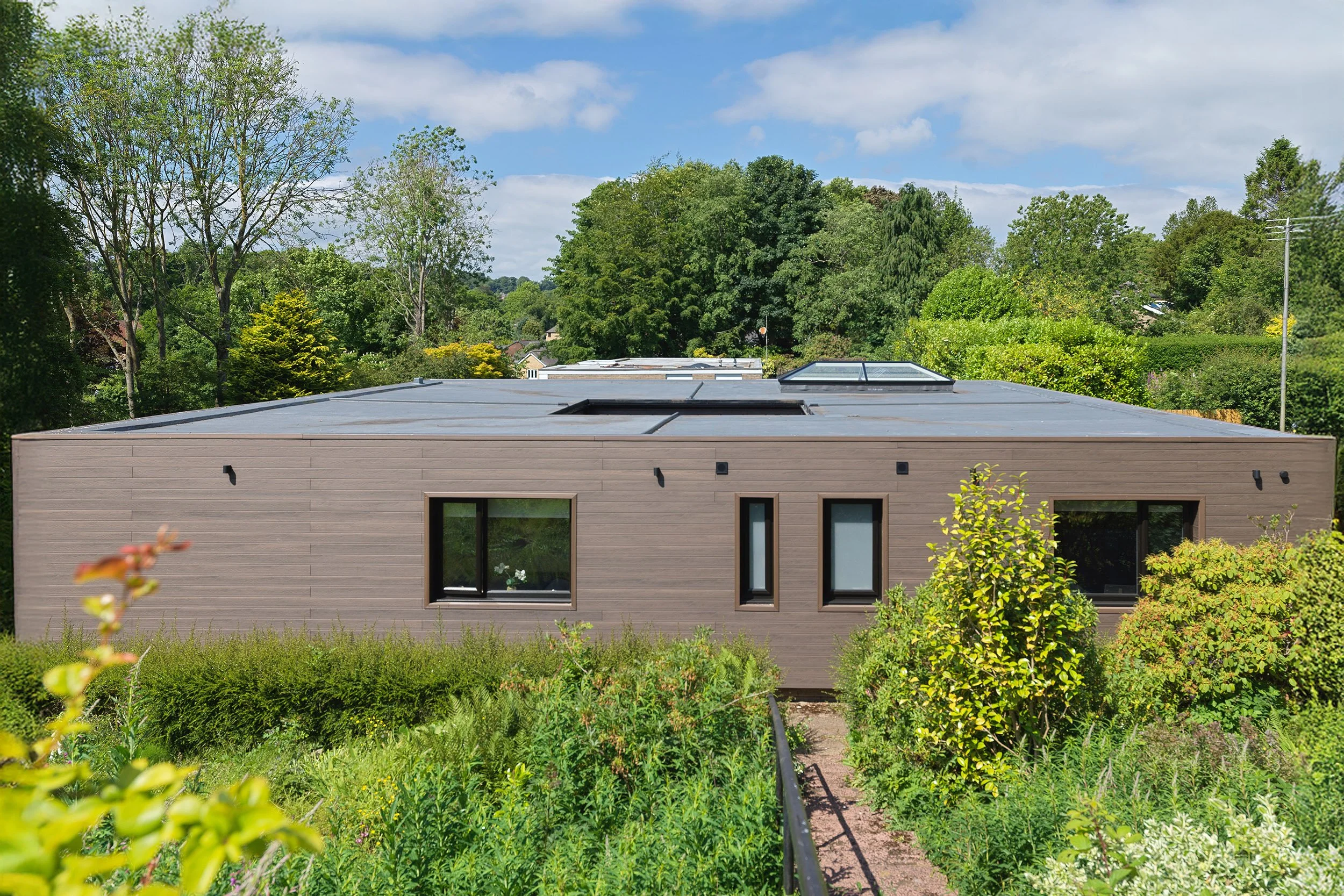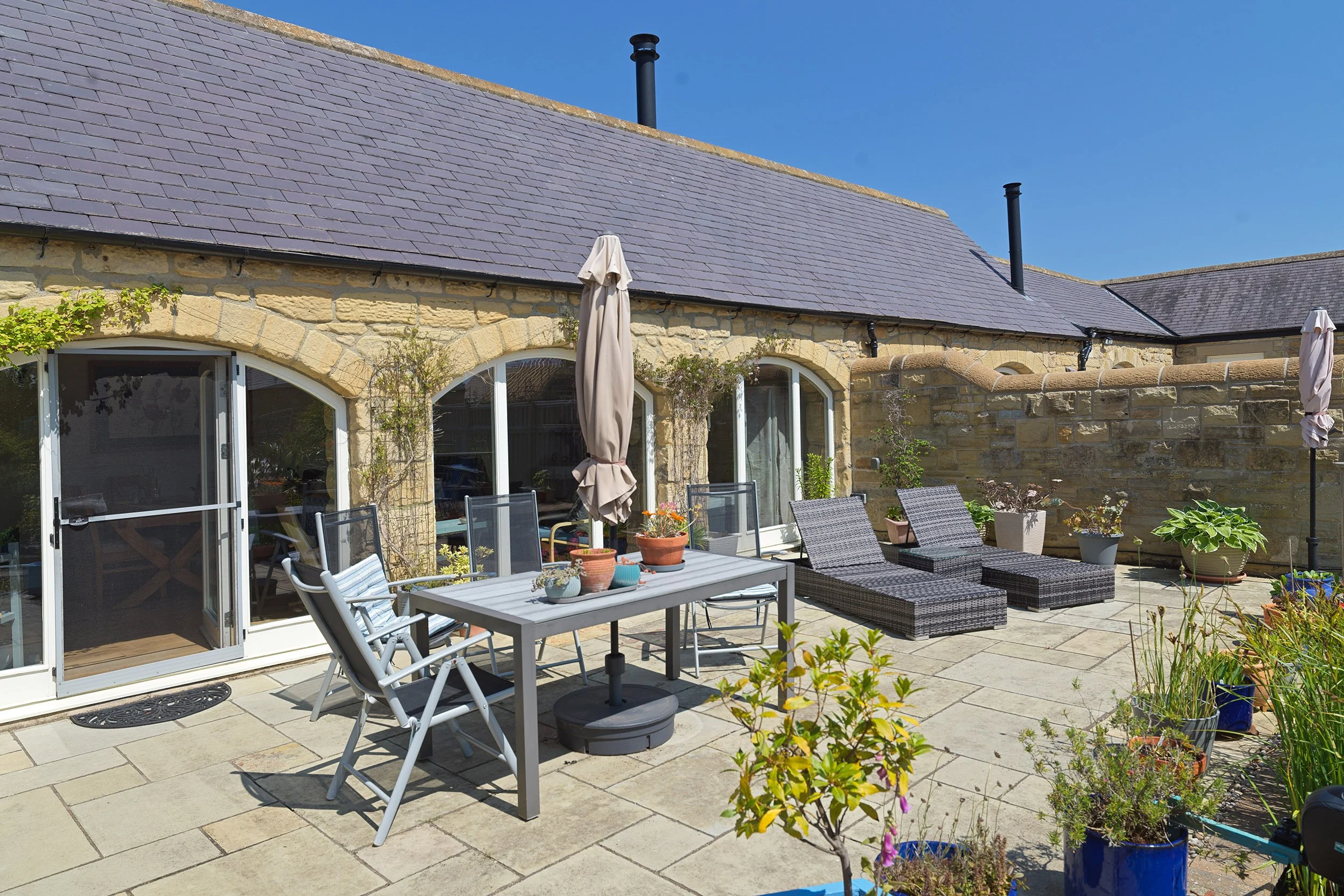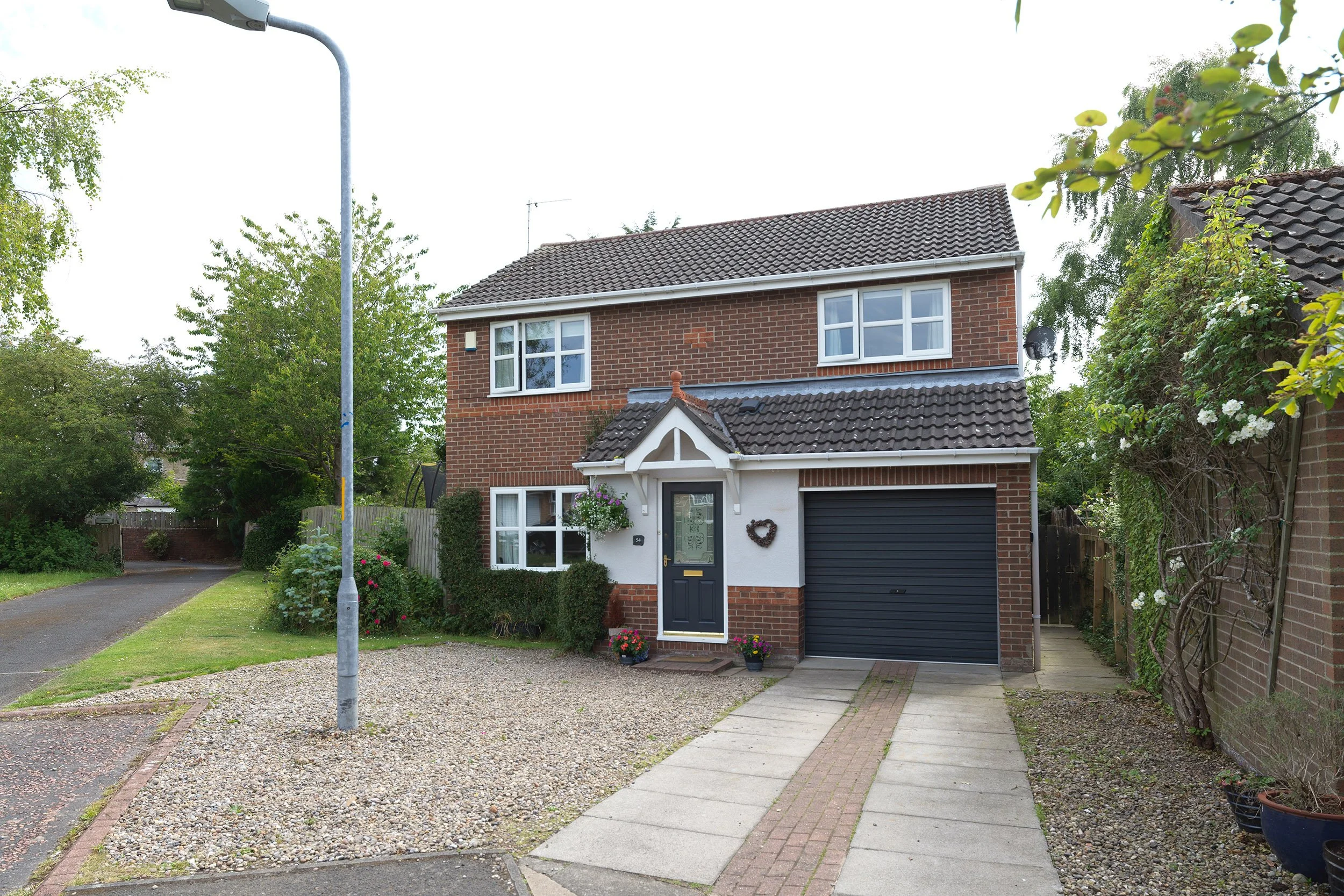First Impressions
The Hasselblad X1Dii is a lovely camera, but i’ve learned very quickly that it’s not to be used for real estate work. Having a few nice jobs to do over the last few sunny days, I decided to give the new kit a run out and packed the camera into my Peli case along with my trusty Nikon D850 workhorse. The Hasselblad 28mm HC lens was attached via the H to X converter, making it a considerably sized bit of gear to carry.
My first job was a beautifully converted 1970’s square bungalow with a small central courtyard. It had been completely cladded with wooden panels, and was slightly elevated - giving it a contemporary look as opposed to the similar property adjacent which was still in its 1970’s form like a nursing home. The interior was very modern, but not huge, so required a wide view that only my Laowa 15mm shift lens could provide. Once I’d spent about an hour shooting it, my attention turned to the exteriors. This is where i decided to put the Hasselblad medium format sensor through its paces.
Initially, the 28mm viewpoint seemed a bit tight, so I tried getting further from the house to accommodate it’s size. Not much room to manoeuvre though. What are the less-positive aspects of the camera then?
Firstly, the camera is slow and a little bit buggy. It takes a few seconds to start up, and when it did I had an error message about SD card storage which forced me to restart the camera. I’ve also had a few instances when the lens contacts must have disconnected, and the camera barked that there was no lens attached. I have an old copy of the lens so there’s no autofocus possible, although I’m used to employing zone focusing techniques with my manual lenses so that’s not a huge problem in this type of work.
Now for the positives. Apart from the form factor, the only reason for using medium format gear is the sheer image quality. Adobe Lightroom doesn’t handle the Hasselblad raw files very well, but when they’re run through the Phocus proprietory raw software something magical happens.
The colours are reproduced so realistically by the 16-bit sensor that they don’t require any further adjustments in post. They have a subtlety and understatement that surpasses anything that comes out of my Nikon bodies. The picture above doesn’t do it justice, as its been compressed to fit into a blog page.
The simple image here was taken during a summer reshoot of a barn conversion patio area. I probably could have removed a bit of the purple hue in the roof tiles using the Phocus software, but you get the idea.
This one shows a backlit image. the sun was shining into the camera just off to the right, so the house fascia was in direct shade. I have various methods of dealing with this common situation, but this time I waited for a cloud to cover the sun and exposed for the driveway. Phocus brought up the shadow detail on the house really well. The final frame had a phony sky retouched in of course, but this shows the dynamic range of the sensor when faced with challenging properties. I could have recovered more of the sky, but it didn’t look natural.
I won’t be using the camera for everyday work - it’s just too slow, (and risky to break!), but if I have a big prestige property, then it’ll come along. I’m testing out the wifi control functions of Phocus Mobile. so I’m looking to shoot a few interior tests in the coming weeks with a view to developing a different style for editorial and commercial work in the future. I’ll keep you posted.


